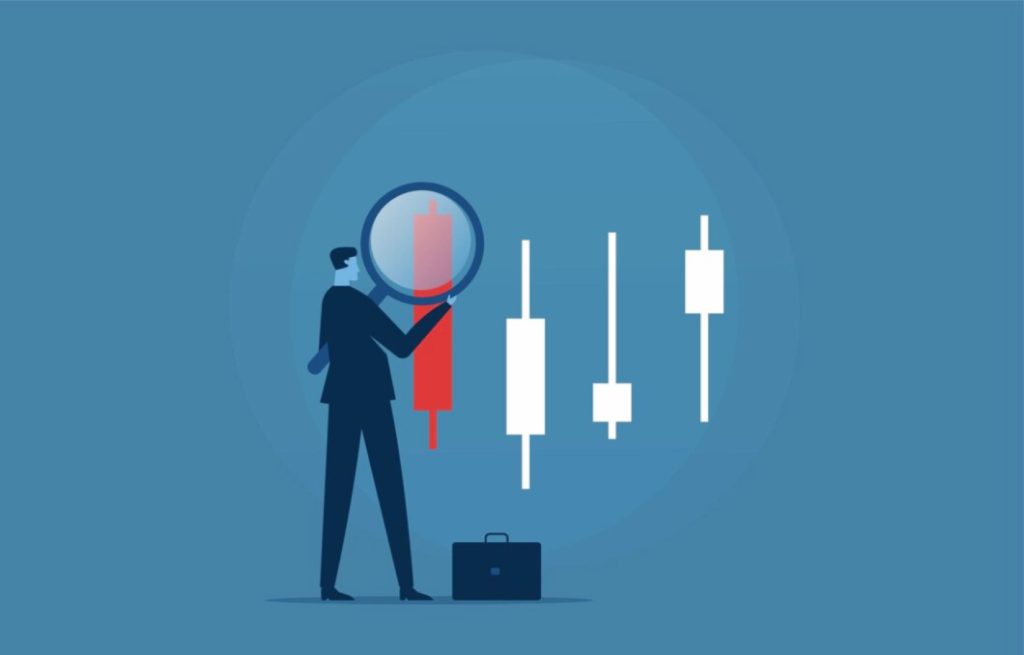Oreo – In cases of loans for individuals and small firms, traditional banking processes may provide significant obstacles. Long approval processes, tight creditworthiness standards, and high borrowing rates could restrict access to required money. Such financial exclusion offers space on the market for a more inclusive and efficient financing option and reduces the possibility for growth and development.
Usually producing lower interest rates and far better terms on both sides of the transaction, this direct relationship nearly always replicates a lot of simplicity within the lending process.

One revolutionary answer to conventional banking inefficiencies is peer-to-peer lending. While the lenders are given better returns than those offered from simply a standard savings account or any other sort of investment, the borrower’s benefits are characterized by simpler and faster access to funds, with lax qualifying conditions. Thanks to their democratization of credit and investment possibilities, P2P sites as LendingClub, Prosper, and Funding Circle have grown in popularity.
They create a path of financial inclusion so that any person and small business may quickly reach their targets. This clearly shows the larger shift toward distributed finance, in which more equitable and efficient financial services are driven by technology and innovation. But conventionalism is being guided by an unusual strategy right now; this process lets P2P, or peer to peer lending.
According to the conventional banking paradigm, someone deposits money into a bank, which is then lent down to others seeking loans. Banks make their profit in the difference between what they pay out in interest on savings and what they get from borrowers at higher interest rates. Thanks to peer-to–peer lending, this pretty obvious, antiquated structure has suddenly taken front stage.
What is Peer to Peer Lending ?
Often known as P2P, peer-to-peer lending removes the banks by pairing individual lenders with borrowers, therefore enabling savers to lend their own money to loan applicants. Unlike conventional methods of saving, this direct link empowers and offers savers possibly large rewards.
P2P Platform Role:
P2P lending eliminates the conventional banking middleman but adds another kind of intermediary—a peer-to–peer platform. Companies like Zopa bring that mechanism—one which allows savers to interact with loan seekers. These sites handle borrower screening, creditworthiness grading, loan transaction management, etc. to handle their needs. Though theoretically the saver is running a risk, they are relying on faith in the platform’s experience in assessing the borrowers.
Advantages and Hazards
The possible better returns of P2P lending provide the main advantages for savers. The rewards can look more appealing when banks are not involved to lower the interest. Higher returns come with more dangers. Usually, one’s deposits in the conventional banking system are covered by policies like the Financial Services Compensation Scheme in the United Kingdom. This implies that, should the bank fail, the savers are assured their money up to a certain extent.
With P2P lending, insurance is not provided. Under such circumstances, should a borrower default the loan, the saver might lose money. The concept mostly hinges on how successfully the P2P network handles loan defaults and borrower screening. Savers believe that these systems have sensible policies meant to reduce loan default risk.

P2P Lending’s Alluring Power
P2P lending has earned great recognition despite these hazards. This appeals especially to savers unhappy with the poor returns on traditional accounts. For anyone who prefers to be more in charge of their finances and wants to assume some risk in return for better likely returns, it clearly reduces the barrier to involvement. Furthermore, it would be highly appealing if people directly helped others rather than dealing with impersonal financial institutions.
Peer to peer lending can thus be inclusive for those who find it difficult to obtain loans from banks. For those who need immediate financing, the operation is more speedier and perfect; consequently, it is a gift from God.
P2P Lending Development
Over the past ten years, the P2P lending sector has been astonishing. Originally developed by Zopa in the UK and LendingClub in the US, these pioneers of the P2P platform method have invented Companies succeeding in vast numbers from all around the world have certain elements to draw in the borrower and the saver.
There are several reasons behind the fast expansion in P2P lending. First, technological development has made it possible for seamless online platforms supporting efficient loan procedure possible. Second, the post-2008 financial crisis’s economic environment saw many disappointed with conventional banking institutions and hence looking for other ways through which financial services may be obtained by both savers and borrowers.

P2P Lending: How Effective
Loan applications are submitted by borrowers, thereby specifying the desired amount to be borrowed and for what that amount is needed. Every saver also presents a case at the same time, outlining their desired lending amount and risk level.
Credit Assessment: The platform looks over the borrower’s credit report. Among other elements that could show a borrower’s capacity to pay back a loan, this covers reviewing credit scores, income level, employment status, among others.
Matching Process: This platform combines savers whose investment criteria fit the profile of the borrowers with the borrowers. This might be done manually, whereby savers select loans or even the platform using an algorithm.
Loan Issuance: The borrower gets the loan following a good match. Money moves from the saver to the borrower are made easier on our site.
Repayment: For the loan, the borrowers routinely pay back the interest over a specified period. The platform oversees these transfers to guarantee savings receive rewards.
P2P Lending: Towards Future
With massive and ongoing developments on the platform and growing acceptance among savers and borrowers, P2P lending appears to have bright future. Its course will be shaped by several factors including several difficulties and considerations.
Regulation and Supervision: Faster expansion of P2P lending draws attention also from authorities. One will have to find a balance between supporting invention and safeguarding investor interest.
Technological Advancements: Artificial intelligence and machine learning could be especially used in technology to improve the credit evaluation process so that the default rate is reduced and for higher efficiency.

